The Félix Barreyre Omnibus And How The Automobile Saved the World!
Images: Artcurial Motorcars
Have you ever heard of the great horse manure crisis of 1894? It refers to the idea that the greatest obstacle to urban development at the turn of the century was the difficulty of removing horse shit!
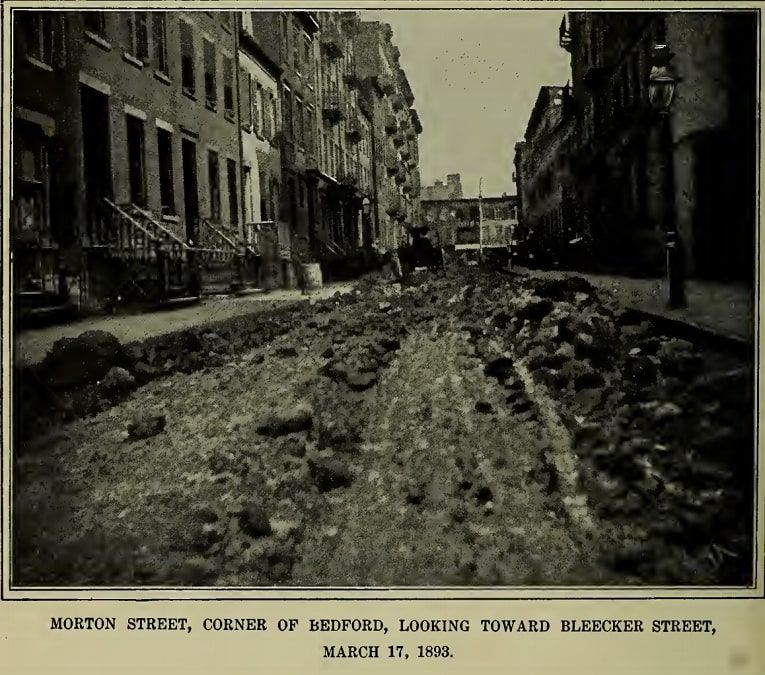
Apparently, the newspaper The Times, in an article published in 1894, said that, “In 50 years, every street in London will be buried under nine feet of manure”! A similar estimate for New York predicted that by 1930, horse manure would reach third-story windows.
But that didn’t happen. Thanks to? The automobile!
Apparently, there was a conference in 1898 in New York to discuss the problem of horse manure and how the issue could be tackled.
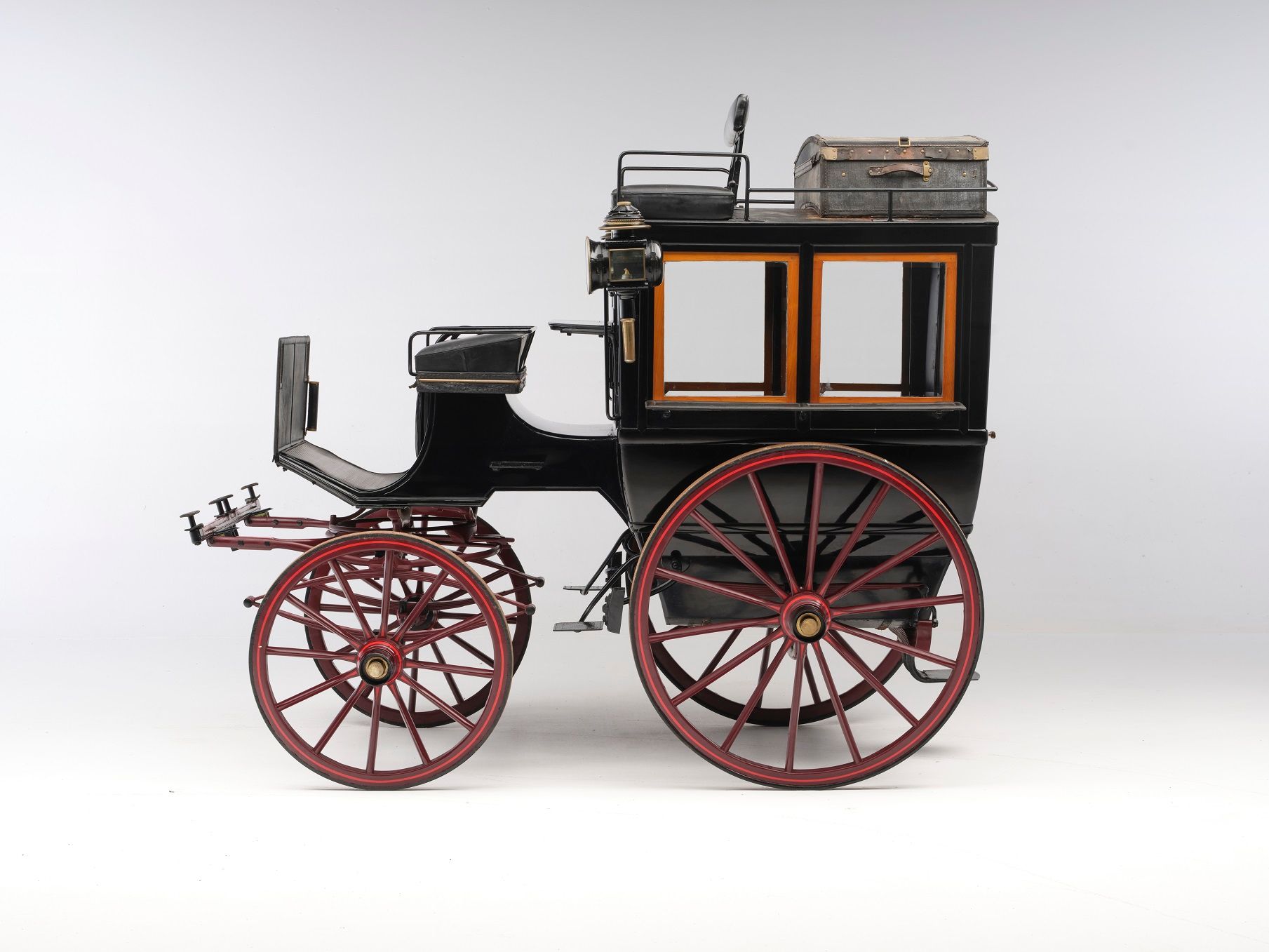
New York alone had between 100,000 and 200,000 horses, and these equine creatures produced between seven and 15 kgs of horse shit, as well as gallons of pee. And all this shit and pee gave birth to billions of flies... which carried and spread diseases like crazy.
And it was not just horse manure alone, but rotting carcasses of horses that were dropping dead from being overworked. The average life of most horses during the 20th century was between three and five years; whereas the normal lifespan of a horse is between 25 and 30 years!
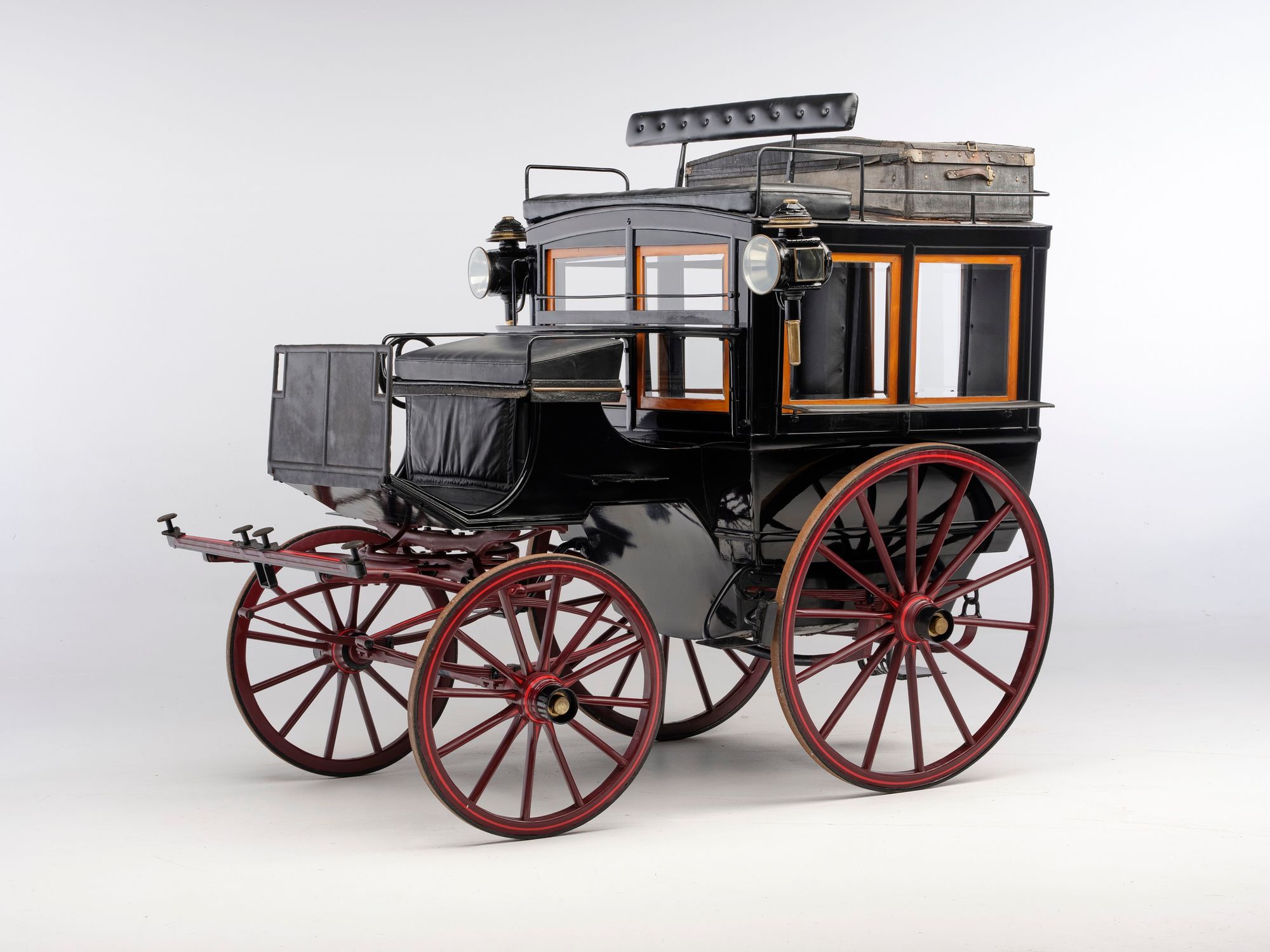
As per Raymond A. Mohl’s book The Making of Urban America, by 1880, New York City had to remove more than 15,000 carcasses from its streets. As late as 1912, Chicago carted away nearly 10,000 carcasses.
So, how did that famous conference go?
Apparently, three days into the 10 day conference, delegates concluded that there was no hope and the conference was supposedly abandoned.
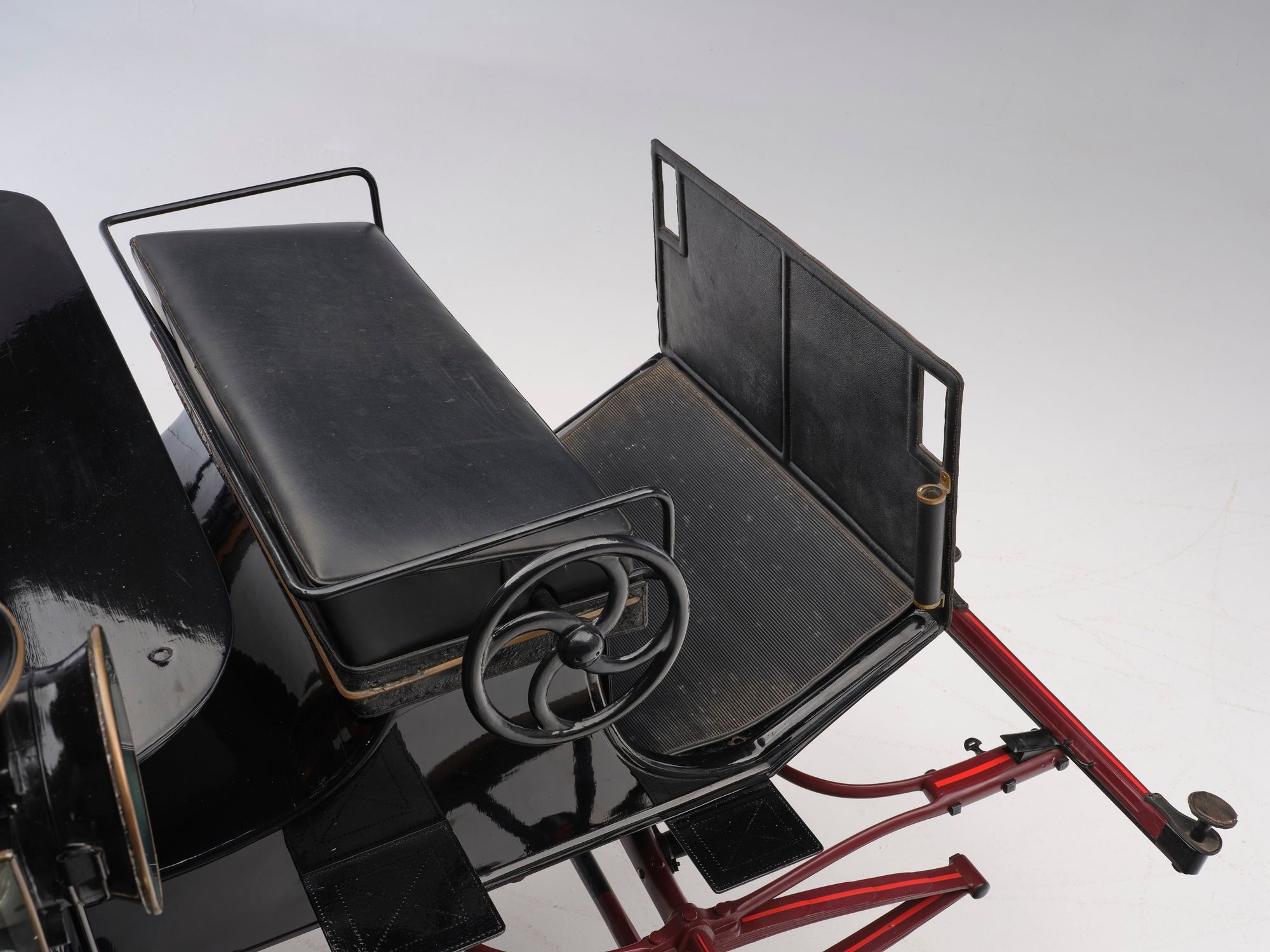
But New York survived, and so did Chicago, London, and all the other major cities of the world. How did that happen?
It was because of the advent of the automobile.

By 1912, the number of cars in New York had surpassed the number of horses, and within the next 10 years there were virtually no horses or horse-drawn vehicles left in the city. Not only were cars cheaper to own and operate, they were much more efficient and dependable, as well as ‘cleaner’. The horse, in the meantime, came in for criticism from magazines such as Scientific American and Harper’s Weekly, and the automobile was praised for its ability to reduce traffic and for being more sustainable. Yes, sustainable!
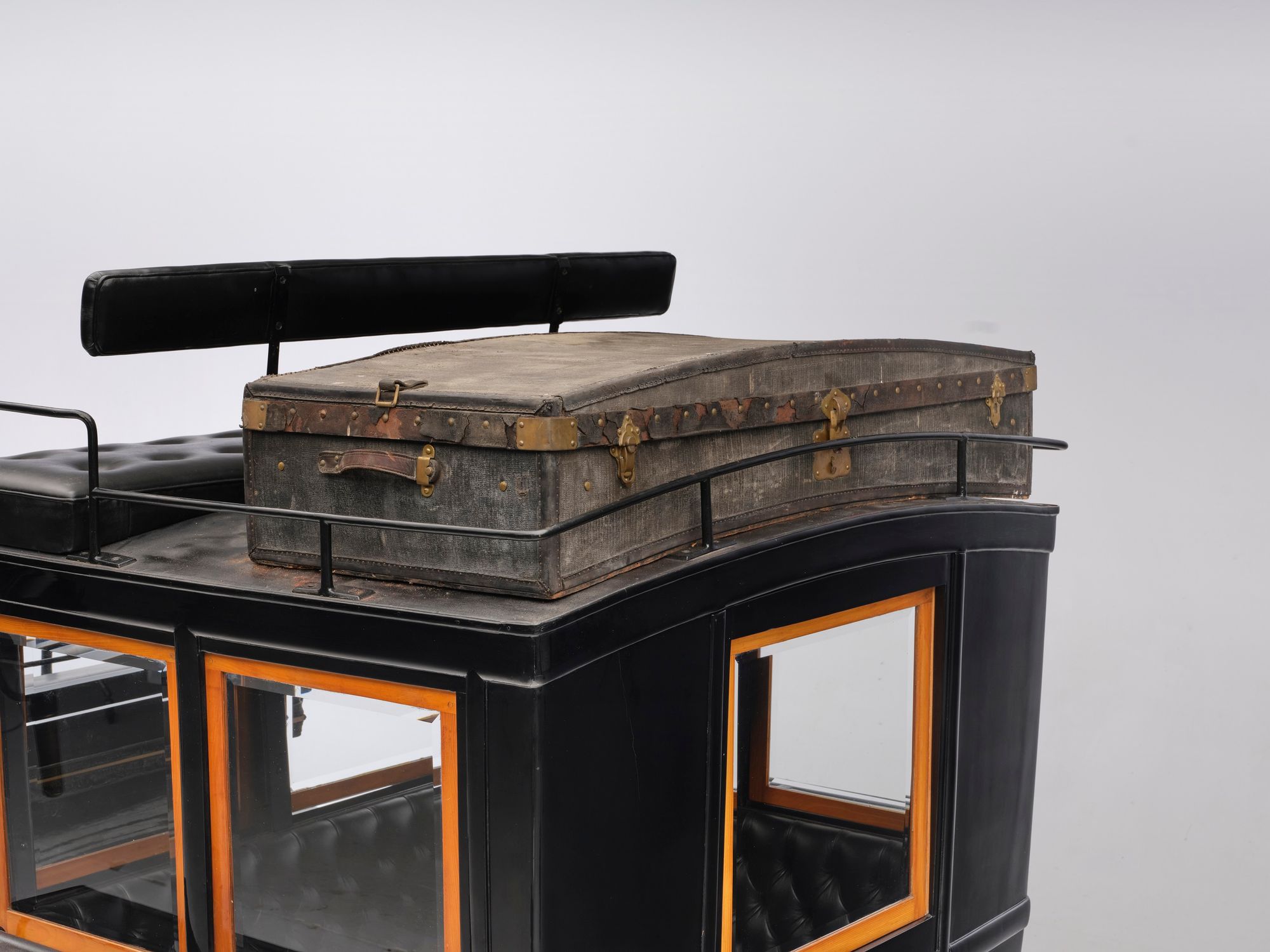
Thus, in barely two decades since that fateful conference in New York, the problem of the horse and horse manure had disappeared. The miracle was the automobile.
A hundred years since... the automobile is the villain.
And the horse and carriage is exotic—and collectible; like the one that you see here: a horse-drawn Félix Barreyre Omnibus, from around 1880 or so.
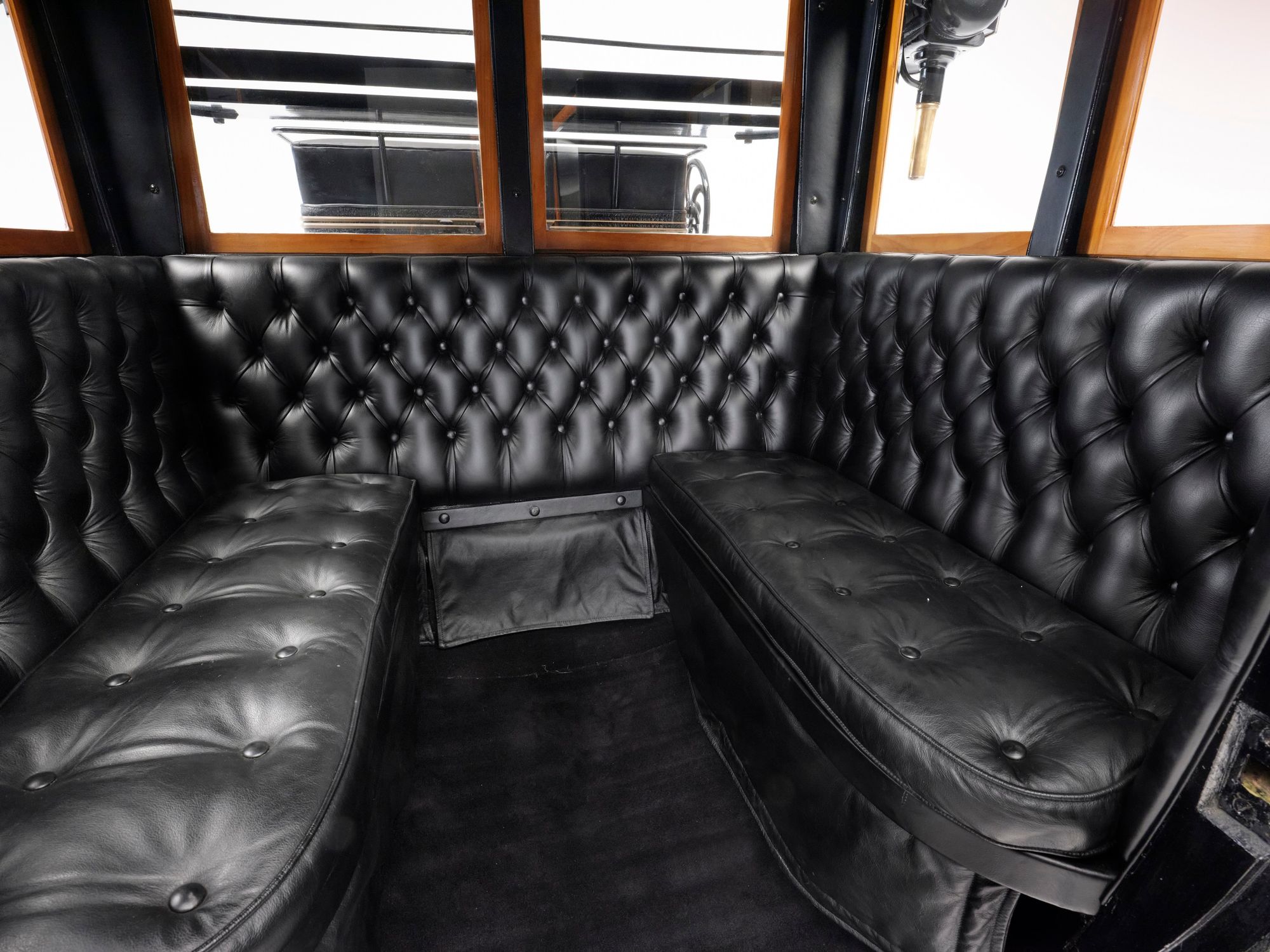
Once again another unusual means of transport that’s getting auctioned at this year’s Artcurial auction at Retromobile Paris.
In fact, at this year’s Artcurial auction, the eclecticism and the wide choice of all kinds of automobiles and other strange devices will surely make this one of the most memorable of all auctions anywhere.
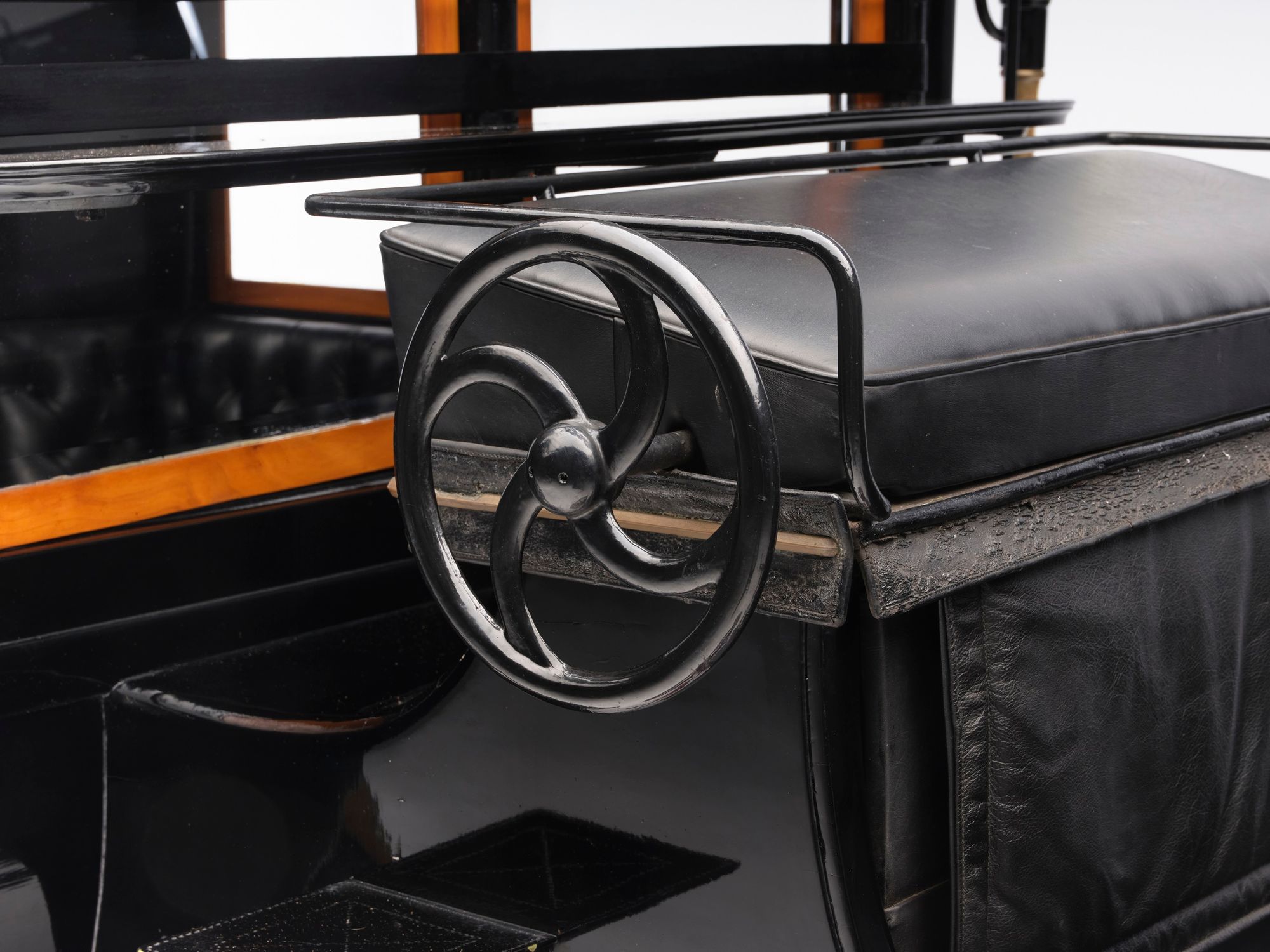
Not only is there an amazingly varied line-up of automobiles on sale—providing the opportunity for every enthusiast to find something to their liking—but also paying “tribute to the time when cars did not yet exist or were still very rare on the roads of France,” explains Mathieu Lamoure, who heads Artcurial Motorcars.
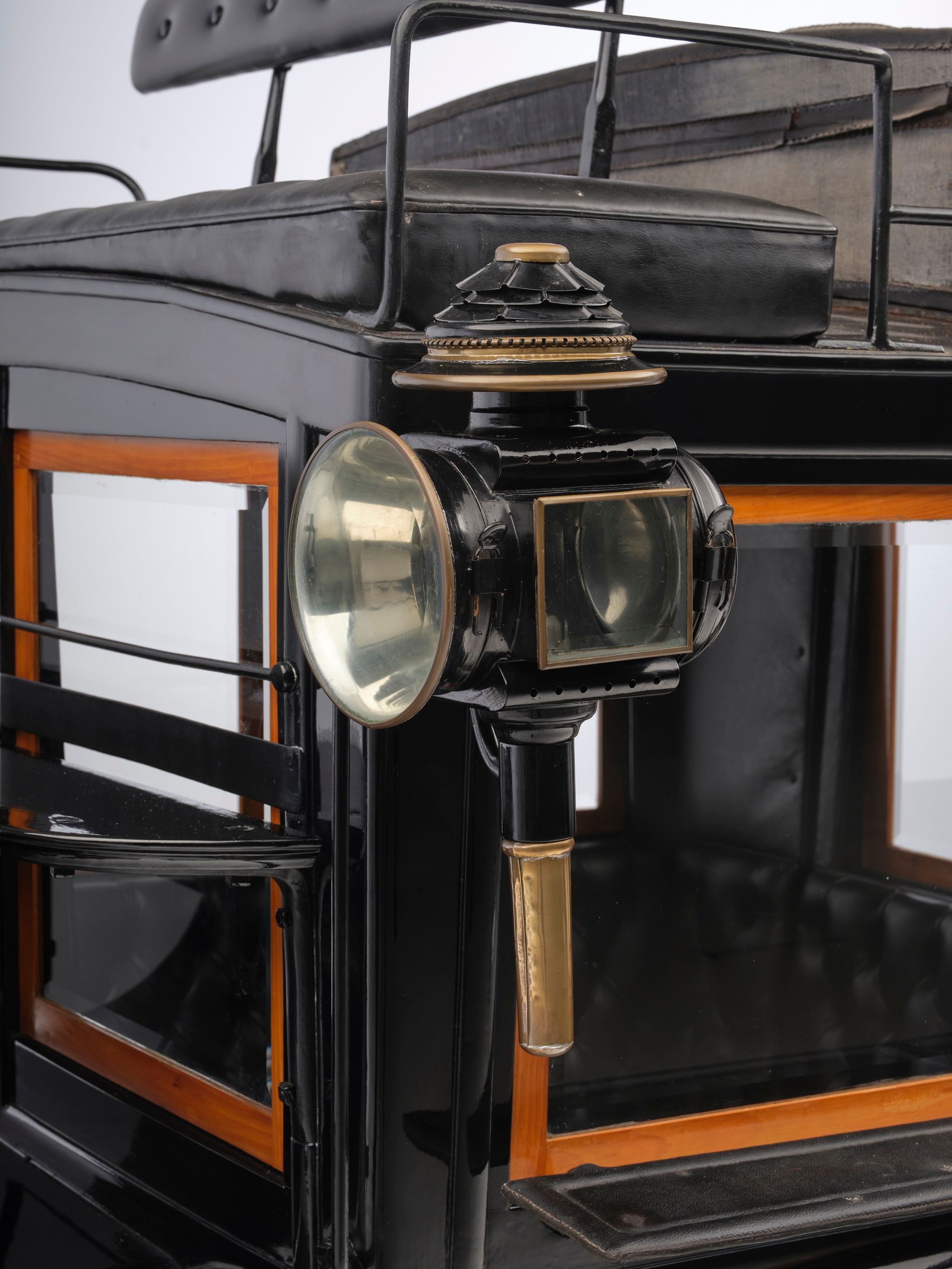
“However, when we saw this omnibus in the garage of one of our customers, we fell in love!” explains Lamoure. “We had to present it at the auction to draw attention to how people got around at the time: the horse-drawn carriage. What had come down from the times of the Roman Empire, it had changed very little over the centuries, apart from the suspension blades and shock absorption system, and the coupling parts which become more comfortable for the horses, as well as improving interior comfort.”
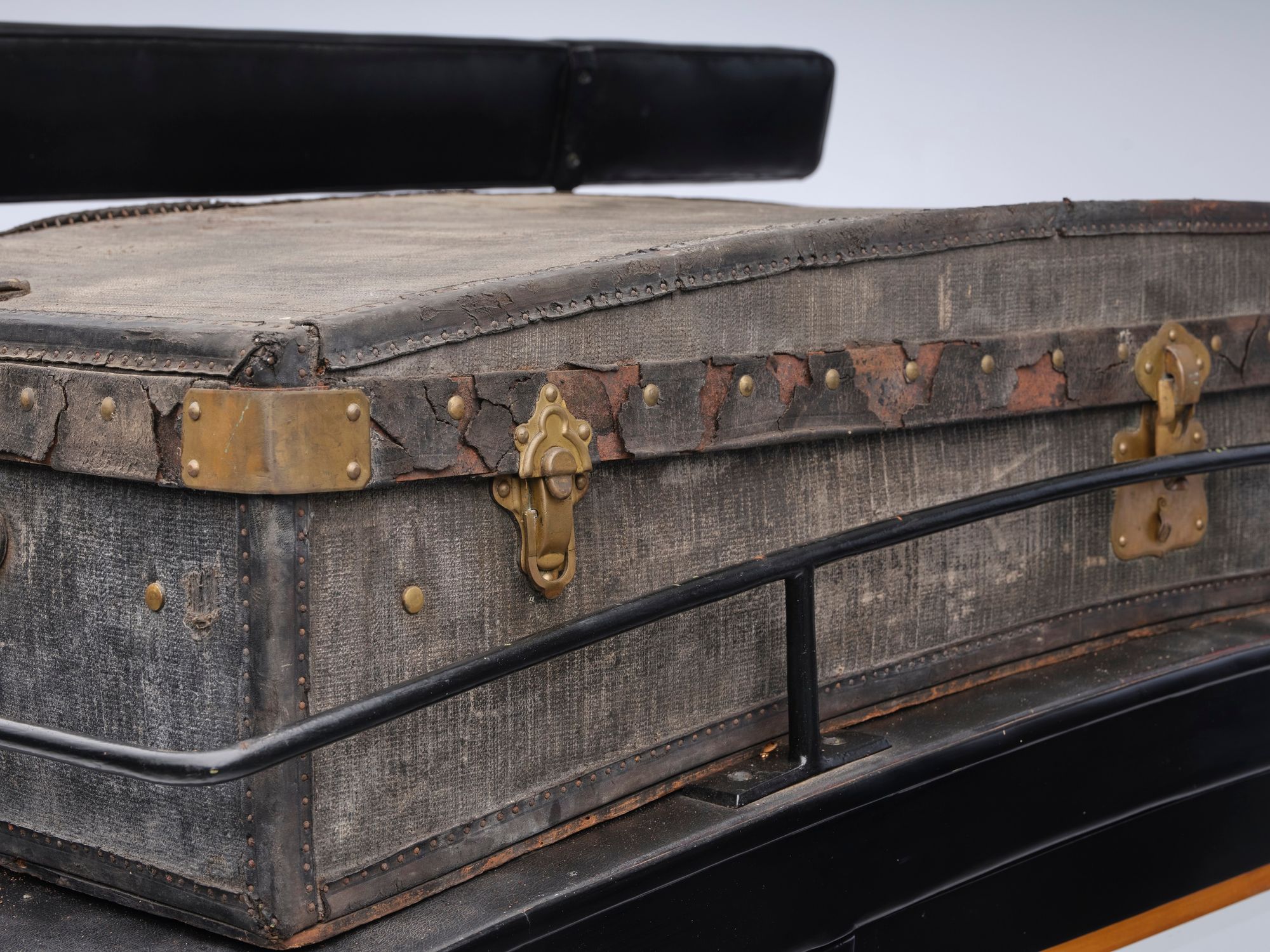
On offer thus is a very charming little omnibus, which was made in Bordeaux, by Félix Barreyre, towards the later part of the 19th century. It is in remarkable condition, the seat of the coachman is placed on the roof of the body, which is built in wood. Just behind is a removable luggage compartment.

The interior is very plush, covered in padded black leather. This omnibus is a survivor from an era and could be put to the kind of use it had had. Or go into a museum or an eclectic collection.
Comments
Sign in or become a deRivaz & Ives member to join the conversation.
Just enter your email below to get a log in link.
